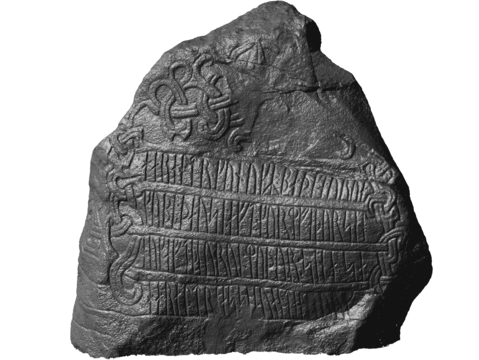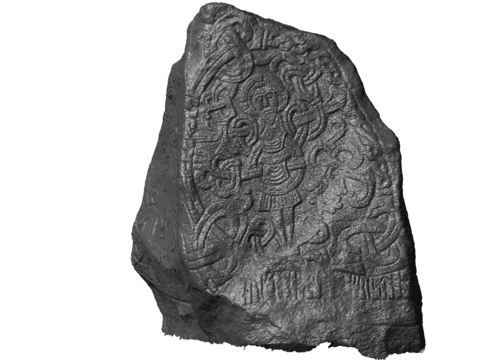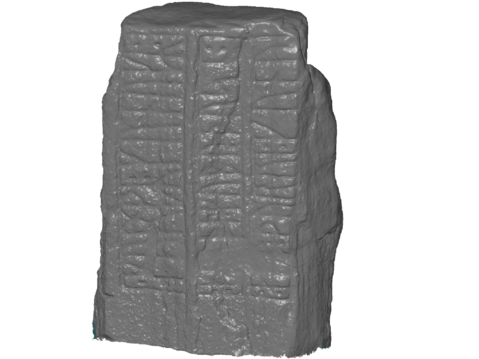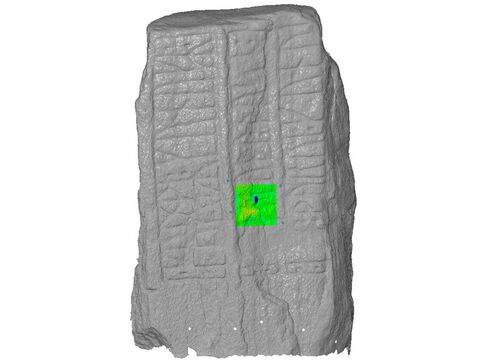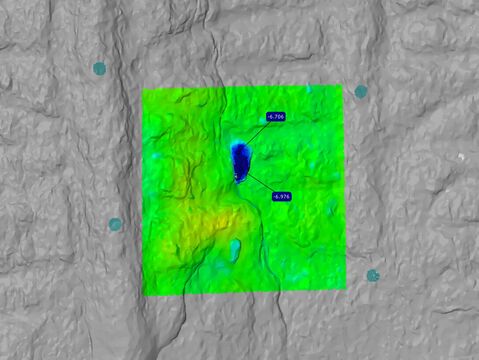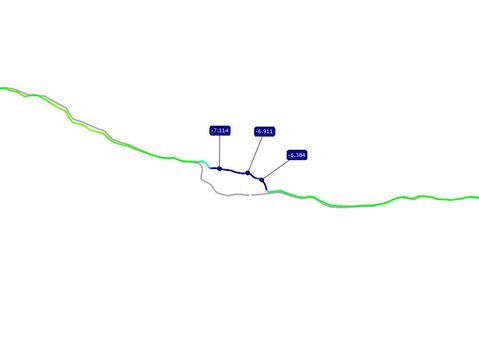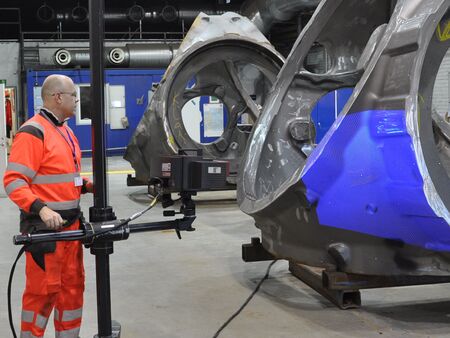The Jelling Stones
3D scanning of runic stones document decay
The National Museum of Denmark cooperates with Zebicon to document and analyze the conditions of the Jelling Stones. The National Museum of Denmark is Denmark's primary cultural-historic museum, which among other things work with preserving cultural-historic objects.
The runic stones in Jelling are on UNESCO's list of world heritage, and the preservation of the stones is consequently an important area for the National Museum of Denmark.
Problem
So far scientists have not been able to analyze whether the stones decay from wind and bad weather, and have thus not been able to make the necessary arrangements for protecting the important runic stones.
Zebicon made a 3D scanning of both stones, and a scanning of previous casts. This way it was possible to compare the two sets of data and identify changes.
Solution
The comparison between previous casts and the current 3D scanning of the stones, revealed both cracks and loss of rock material.
The results and conclusions of the National Museum of Denmark's comprehensive investigation, where 3D scanning was a crucial technology, were not positive. The state of the smaller of the two stones was considered to be very critical, and the state of the larger was considered to be alarmning.
The Danish Agency for Culture and UNESCO's World Heritage Center later decided to protect the two stones by building a housing around them.
Read the National Museum's article about 3D scanning of the Jelling Stones
Read about the National Museum's Jelling project
Read about housing for the Jelling Stones (DK)
3D scanning is a technology, which can create a digital 3D model of a physical part. The technology is primarily used for reverse engineering or quality control and part measurement.

